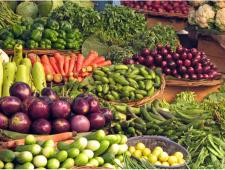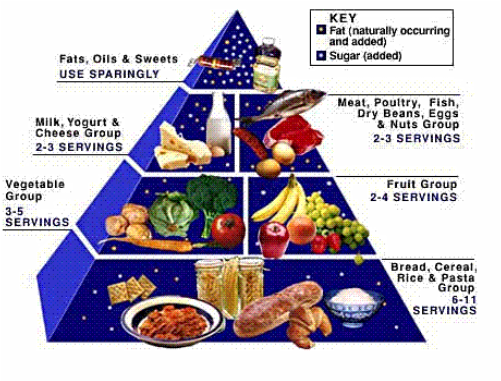
There’s no doubt that you’ve enjoyed the benefits of combing the right foods together if not for the nutritional aspect, then for a pleasurable one.
The secrets of combining foods is not something new, the concept has been around for thousands of years but the reasons why and which ones work best is still being studied today.
Food is a popular topic and with good reason. It’s a necessity of life. Many studies have been performed on food and this has led to many discoveries being made with many more underway.
For instance, combining foods to lose weight quickly is extremely popular. By combing the right foods you will improve your digestion, cholesterol levels, your metabolism and this helps lead to weight loss.
Nutrition is a science that relates to everything that goes on in the body. Your body requires food and water to survive and all the basic functions cannot be performed properly without this adequate nutrition and hydration.
Food is classified as any substance that is composed of carbohydrates, water, fats and proteins. These food sources may be from plants, animals or other sources such as fungus. At one time food was found through gathering and hunting methods. In modern times farming, ranching, fishing, hunting and other methods have become common ways of finding food.
Nine Basic Rules to Follow When Combining Foods:
- Eat starch foods and acidic foods at separate times otherwise the acids can neutralize the alkaline medium which is required for starch digestion and the result is fermentation and indigestion.
- Eat food containing carbohydrates and proteins at different meals with most people being best suited for protein earlier in the day and the carbohydrates toward the end of the day. Protein foods need an acidic medium for good digestion.
- Eat only one type of protein food at a meal setting.
- Proteins and acidic type foods need to be eaten at different meals because acidic foods can inhibit the secretion of the digestive acids required for optimal protein digestion. Undigested protein putrefies, or rots if you can relate, in bacterial decomposition that produces some potent poisons that you should want to avoid.
- Fatty foods and proteins should also be eaten at different mealtimes. Some foods, particularly nuts, are loaded with good fats but require hours for digestion.
- Fruits contain natural sugars and your heavier proteins should be eaten at separate meals.
- Eat melons only with other melons or alone. They do not combine well with any other type of foods.
- Eat sugary food and fruits at different meals than your starchy foods. Fruits require no digestion in your stomach and can be held up when you eat them with other foods that does require digestion in the stomach.
- Desserts should be eaten alone and separate from any other types of food. When eaten on top of meals they weigh heavy on the stomach but require no digestion there so fermentation occurs. The bacteria there, other foods and sugars turn into alcohols, vinegars and other acids.
Combining and eating the right types of foods together can help improve your digestion and overall health. Additionally, combining the right foods together can also help a person decrease stomach and digestive problems as well as discomfort after eating their meals.
Some experts believe that eating the same types of foods together allows your stomach to work better, more efficiently and with less stress.
One of the fastest and easiest improvements you can make right now is simply to chew your food up more completely before swallowing because that’s where the whole process starts.
One last thing about combining the right foods and how they affect your weight…
As you get older a common concern is weight gain. It is known that as we get older we have a tendency to gain weight. This is because our body needs fewer calories than it used to and if you don’t cut down your weight is going to increase and rule you.
If you’re like most of us, there’s no doubt that you have tried all kinds of diet plans and exercised more or at least thought about it. What might come to a surprise is that just by combining foods differently you could set yourself up to lose weight rather easily.
Following what we’ve been telling you here using the food combining principles above you might want to start changing up your food combinations right away.
As an example, fruits don’t digest as well when they are mixed with starchy foods so choose something like yogurt instead because they both digest easily together.
If you’re going to do it, bananas are about one of the only foods that digest well with other foods such as cereal and oatmeal. Generally speaking, you are best served by eating fruits as a snack and on an empty stomach.
Here are a few tips on combining foods for losing weight:
Eat starches and proteins separate from each other.
Eat fruit separate times.
Leave yourself 15 to 30 minutes between eating your main course and eating your dessert.
Chew your food thoroughly.
And of course one of the best ways to help you lose weight is to increase your daily water intake to one ounce for every two pounds of body weight at a minimum. Water helps you to flush out the toxins in your body and nutrients from your food can not be absorbed without it.
For the next topic in this guide we’ll discuss “The Importance of Detoxifying Your Body” but don’t lose sight of how important combining the right foods are and why it’s so important to drink enough water each day. By doing so, it will also help you feel less bloated and assist you dropping the body fat.




 Welcome to My Fitness Nut!
Welcome to My Fitness Nut!